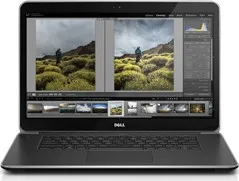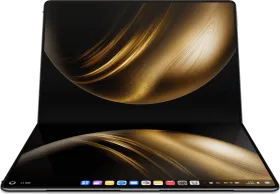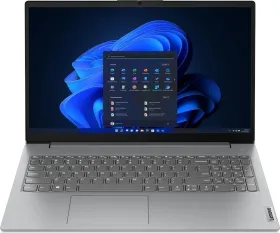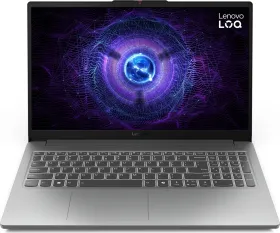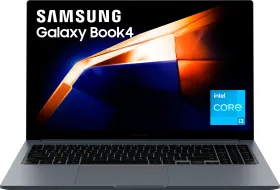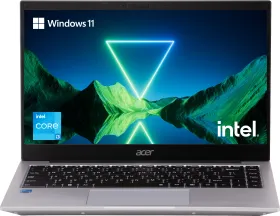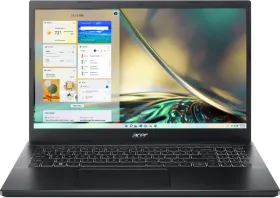Smartphone displays have evolved massively over the years. We started with LCD panels, moved to OLED, and then brands started pushing higher refresh rates—90 Hz, 120 Hz, 144 Hz and even 185 Hz. But now, another spec is being highlighted in premium and even mid-range phones: bit depth.
If you’ve ever seen a phone launch event or spec sheet boasting about 10-bit displays, you might have wondered—what does that actually mean? Does it make a noticeable difference? Or is it just another marketing gimmick like those crazy “AI-powered” features?
The truth is, bit depth plays a crucial role in how colors appear on your screen. While most phones used to come with 8-bit panels, we’re now seeing true 10-bit and even 12-bit displays in higher-end models. Meanwhile, some brands (yes, looking at you, Samsung) are still sticking with 8-bit, even on some of their premium devices.
In this story, we’ll see what exactly is a 10-bit display and should you care about it when buying your next phone? (Spoiler alert: you should). So, let’s get started.
What is a 10-bit display?
Put simply, bit depth determines how many colors a display can show. The higher the bit depth, the more color variations a screen can produce. Here’s how it stacks up:
- 8-bit display: 16.7 million colors
- 10-bit display: 1.07 billion colors
- 12-bit display: 68.7 billion colors
This means a 10-bit display can produce 64X more colors than an 8-bit display, leading to smoother color transitions, richer shades, and less banding (those annoying visible color steps you sometimes see in gradients).
Many high-end TVs and professional monitors have used 10-bit displays for years, but smartphones are now catching up. Some phones even claim 12-bit, though the real-world difference between 10-bit and 12-bit is much harder (or rather impossible) to notice.
Should you care about a 10-bit display?
It depends on how you use your phone. If your usage is mostly social media, casual YouTube, and messaging, you probably won’t notice much of a difference. But if you:
- Watch HDR content (Netflix, Prime Video, YouTube HDR)
- Edit photos/videos professionally on your phone
- Appreciate ultra-realistic colors in games/movies
… then a 10-bit display can make a noticeable impact. It enhances HDR performance, improves color accuracy, and reduces banding, making visuals appear more lifelike.
However, be careful: some brands use 8-bit+FRC (Frame Rate Control) and call it 10-bit. Whereas, some do this but don’t call it 10-bit (like Samsung). FRC fakes additional colors by rapidly cycling between shades, but it’s not the same as a true 10-bit panel.
ALSO READ: One UI 7 Home Up Goes Full DIY With Customizable Animations and Icons Anywhere Without Grid
How does a 10-bit display affect your experience?
A true 10-bit panel improves your screen in multiple ways:
More Realistic Colors: Since there are 1.07 billion colors instead of just 16.7 million, you get smoother gradients and better HDR content.
No More Color Banding: On an 8-bit panel, you may notice visible steps between shades in a sky, sunset, or dark scenes. A 10-bit panel eliminates all of this.
Better HDR Experience: HDR content (Dolby Vision, HDR10, HDR10+) looks much richer and more detailed on a 10-bit display. You’ll see deeper blacks, more vibrant colors, and lifelike highlights.
Improved Color Accuracy: If you’re a photo editor, content creator, or just love accurate colors, a 10-bit panel ensures that what you see is closer to reality or your interest.
That said, Samsung still uses 8-bit displays on most of its phones, even on the high-end models, including the newly launched S25 series. Meanwhile, brands like vivo, iQOO, Xiaomi, realme, and OnePlus have moved to 10-bit and even 12-bit panels.
ALSO READ: Carl Pei might be bringing iPhone-like Action Button to Nothing Phone (3a)
Final Thoughts: Is a 10-bit display a must-have?
A 10-bit display isn’t a necessity, but if you want better HDR, smoother gradients, and more accurate colors, it’s definitely nice to have. Also, I do think it should be standard for flagships, at least now, in 2025.
However, don’t blindly trust marketing claims—some phones use 8-bit+FRC and still call it 10-bit.
If you care about display quality, check the specs carefully before buying. Would you pay extra for a true 10-bit display? Or do you think it’s just a gimmick? Let us know.
ALSO READ: Galaxy Ring That Can Control Screens? Samsung’s Patent Showcases Game-Changing Wearable Technology
You can follow Smartprix on Twitter, Facebook, Instagram, and Google News. Visit smartprix.com for the latest tech and auto news, reviews, and guides.
















